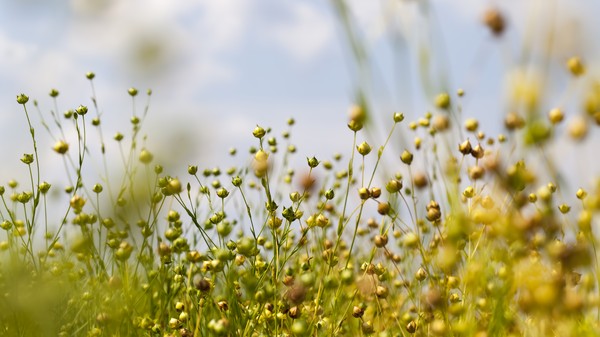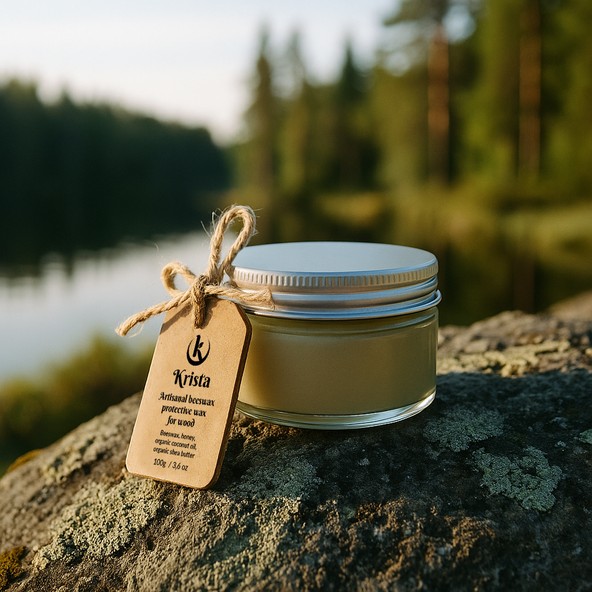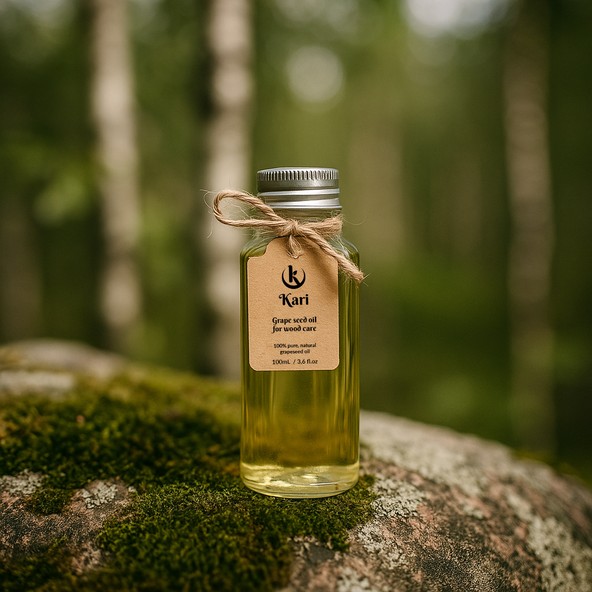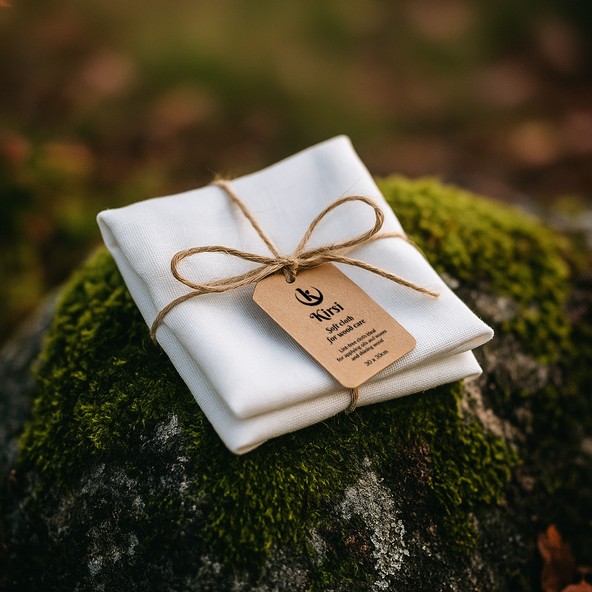Danish oil, a blend of oils for your wooden tableware
Wood is a beautiful and durable material, but to keep it in good condition, it needs to be maintained with natural products such as oils.
Danish oil is another solution, just as interesting as beeswax or tung oil, for solidifying and nourishing the wood in our crockery.

Anne-Laure Compain
Danish oil, a Nordic tradition for wood care
Danish oil, also known as Danish wood oil, is a blend of several natural oils: linseed oil, tung oil and safflower oil.
The origin of Danish oil
This oil has been a traditional wood care product in Denmark and other Nordic countries for centuries.
The Vikings used this oil to protect and solidify the wood of ship hulls.
Over the centuries, the Danes improved this oil and mixed it with linseed oil or tung oil to suit their needs. The main aim was to protect the wood from northern climatic conditions (cold and damp).
Today, Danish oil is marketed and used worldwide by many wood craftsmen.



What are the benefits of using Danish oil to care for your wooden crockery?
Repels water and moisture
Danish oil has a strong ability to repel water and moisture. This is mainly due to the tung oil that is one of its components.
Danish oil will deeply impregnate the wood to create a protective barrier and prevent any warping, swelling or mildew of the wood when it comes into contact with liquid.
This oil is ideal for maintaining a kuksa, bowl or cutting board.
Extends the life of a wooden product
If you regularly apply Danish oil to wooden tableware, the structure of the wood will be strengthened and therefore wear more slowly. So, for example, you can use a wooden mug every day without it wearing out too quickly, and keep it for years to come!
Protects and enhances wood
Danish oil forms a layer on the surface of wood, protecting it from scratches and stains. Even with intensive use of your crockery, the wood will be protected and more resistant.
Thanks to the linseed oil it contains, Danish oil reveals all the beauty, nuances and grain of the wood. This oil leaves a very natural satin finish on the surface of the wood.
Another good thing about linseed oil is that it dries quickly!
How to choose the right Danish oil?
There are many brands selling Danish oil, but how do you choose the right one to care for your wooden crockery without any risk?
Types of oil
Composition
Quality
Application mode
Drying
In conclusion ...
Danish oil can be composed of several different oils, some of which may not be suitable for food use. Choose Danish oil made from linseed oil (quick-drying) and tung oil (water-resistant).
For your dishes, the Danish oil you buy should be made from 100% natural ingredients, with no chemicals or solvents. Natural products are safer for food use and better for the environment.
When you buy your Danish oil, make sure it's of good quality. Choose a well-known brand with good customer reviews. Read these reviews to find out if the oil is suitable and good.
Danish oil is easy to apply because it is very liquid. Apply with a soft, lint-free cloth. Check that the oil you are buying is just as easy to use.
Some Danish oils will have a slower drying time than others. Choose according to your needs. For a natural oil, the faster the drying time, the more linseed oil is present.
Buying a good Danish oil depends on its use, the characteristics of the wood and your preference in terms of finish. Prices vary widely, but it's important to strike a balance between quality and customer advice.
Discover the incredible versatility of wood through various species and the world of woodworking. By subscribing, you'll receive information on wood and wood species once a week.
Steps to care for wooden crockery with Danish oil
Discover how to apply Danish oil in this short video ⬇️
Wash the surface to be treated
The first step is to clean your wooden crockery. Use lukewarm water and mild soap to remove food residues and bacteria. Rinse and dry your wooden product thoroughly.
Allow to dry for several hours and make sure your product is not damp before applying the Danish oil.
Why use lukewarm water?
- Hot water will expand the wood and damage it.
- Cold water will not remove food residues
Which mild soap should I use?
To wash your wooden dishes, use a natural, non-chemical soap. You can use a natural almond milk and honey soap, for example.
Apply Danish oil
- Shake the bottle well to mix the different oils.
- Pour a small amount of oil either directly onto your wooden crockery or onto a soft, clean cloth.
- Spread the oil in a very thin layer over the entire surface of the crockery, not forgetting the edges or handle holes.
- Remove excess oil with a cloth.
Allow to dry
Drying time will depend on the oil you buy. It can vary from a few hours to an entire night. Since it contains tung oil, it's advisable to let your dishes dry for 24 hours before using them, to avoid any trace of toxicity.
Finishes
Once the wood is dry, use a soft, clean cloth to polish the dishes to a smooth, shiny finish. If the wood is still too dry, add another coat of oil, leave to dry and buff.
The result in pictures


How I feel after using Danish oil:
- Danish oil has a very strong odor, which personally bothered me when I applied it.
- It contains tung oil, which is not an edible oil in its liquid form, so you have to let it dry for almost a month to be sure it's harmless. I find this restrictive.
- I expected the wood to be shinier once the drying time was over.
Advantages and disadvantages of Danish oil
| Advantages | Disadvantages |
|---|---|
Protection and finish Danish oil creates a long-lasting protective layer on the wood surface, helping to protect it from water, moisture, stains and scratches. | Regular maintenance If you use your wooden tableware a lot, you'll need to carry out regular maintenance (about once a month or when the wood tarnishes). |
Natural look Danish oil gives wood a natural look, without creating a thick film. It brings out the natural beauty of wood. | Odor Danish oil can have an unpleasant odor, which generally disappears after complete drying. This odor comes from linseed oil. |
Discover our artisanal care products for preserving wood
Want to know more about wood care?
If you like wooden products, then these articles should be of interest to you too.

Anne-Laure Compain

Anne-Laure Compain

Anne-Laure Compain

Anne-Laure Compain

Anne-Laure Compain

Anne-Laure Compain

Unique wooden mugs for unforgettable moments
Start shopping now 🌿
Come and discover our wooden tableware from Finland. Handmade tableware that will accompany young and old alike for years to come!
Subscribe to our newsletter and receive your discount code in your mailbox!










